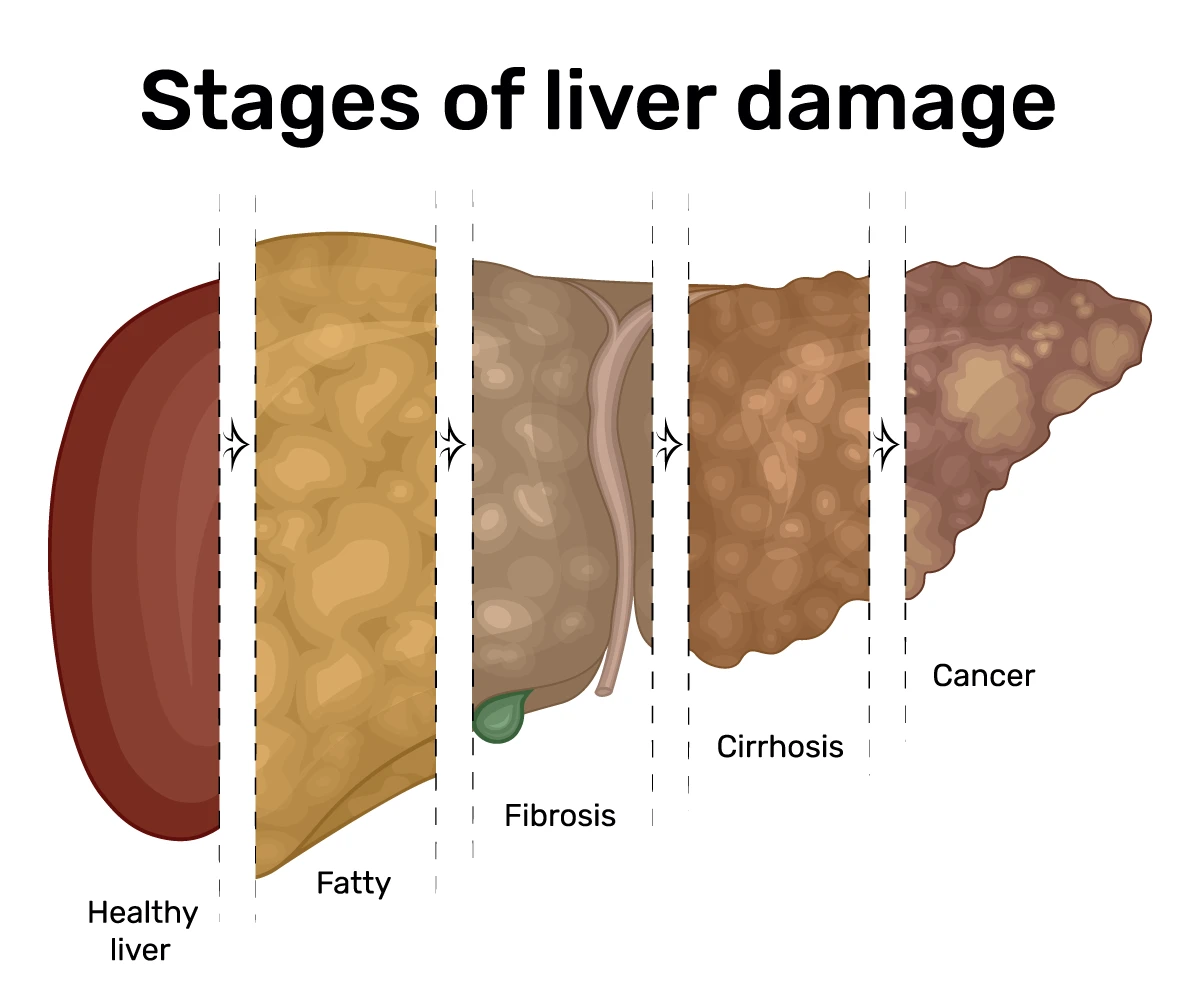Diabetes: Type 1, Type 2, and Gestational Diabetes and the Importance of Patient Education
Introduction
Diabetes is a chronic condition that disrupts how the body processes blood sugar (glucose), leading to various health complications if not managed properly. There are three types of diabetes: type 1, type 2, and gestational diabetes, each with unique causes, risk factors, and treatment options. Regardless of the type, educating patients is crucial for optimal care and a better quality of life. This article explores the key characteristics of each type of diabetes and highlights the importance of patient education in managing the condition.
Type 1 Diabetes
Type 1 diabetes, also known as insulin-dependent or juvenile diabetes, is an autoimmune condition where the immune system mistakenly attacks and destroys insulin-producing beta cells in the pancreas. Insulin regulates blood sugar levels; without it, glucose builds up in the bloodstream, causing dangerously high blood sugar levels. Type 1 diabetes usually starts in childhood or adolescence, but it can occur at any age.
The exact cause of Type 1 diabetes remains unknown, but it likely involves a mix of genetic and environmental factors. A family history of the condition increases the risk, but not everyone with a genetic predisposition develops it. Unlike Type 2 diabetes, Type 1 is not linked to lifestyle.
Symptoms:
- Frequent urination
- Intense thirst and hunger
- Unexplained weight loss
- Fatigue and weakness
Managing Type 1 diabetes requires insulin injections or an insulin pump to maintain normal blood sugar levels. Regular monitoring of blood glucose levels, a balanced diet, and consistent exercise are essential for effective treatment. Continuous glucose monitors (CGMs) and insulin pumps have made blood sugar monitoring more accurate and convenient for many patients.
Type 2 Diabetes
Type 2 diabetes, the most common form, occurs when the body becomes resistant to insulin or doesn’t produce enough insulin to maintain normal glucose levels. Unlike Type 1, Type 2 diabetes is often linked to lifestyle factors such as poor diet, lack of physical activity, and obesity, though genetics also play a significant role. This type usually affects adults over 45, but rising childhood obesity rates mean more young people are being diagnosed.
Causes and Risk Factors:
- Being overweight or obese
- Sedentary lifestyle
- Poor dietary choices, such as consuming a lot of processed and sugary foods
- Family history of diabetes
- High blood pressure or elevated cholesterol
- Being over 45 years old
- Certain ethnicities, such as African American, Hispanic, and Asian American communities, are at higher risk
Symptoms:
- Increased thirst and urination
- Fatigue
- Blurred vision
- Slow-healing wounds and infections
- Numbness or tingling in the hands and feet
Type 2 diabetes can often be managed with lifestyle changes like eating a healthy diet, exercising regularly, and losing weight. In some cases, medication or insulin therapy may be necessary. Common treatments include Metformin, which helps lower glucose production in the liver, and medications that improve insulin sensitivity. Regular blood sugar monitoring is crucial for effective treatment.
Preventing Type 2 diabetes involves maintaining a healthy weight, staying active, and eating a balanced diet rich in whole grains, fruits, vegetables, and lean proteins. Early diagnosis through screenings for at-risk individuals can lead to lifestyle changes that prevent or delay the onset of diabetes.
Gestational Diabetes
Gestational diabetes is a type of diabetes that develops during pregnancy when the body’s insulin production is insufficient to meet the increased need for blood sugar management. It often appears between the 24th and 28th week of pregnancy and typically resolves after delivery. However, women who have gestational diabetes are more likely to develop Type 2 diabetes later in life.
Causes and Risk Factors: Gestational diabetes occurs when the placenta generates hormones that interfere with insulin activity, resulting in elevated blood sugar levels.
The risk factors for gestational diabetes include:
- Being overweight before pregnancy
- Having a family history of type 2 diabetes
- Being more than 25 years old
- Having previously given birth to a baby weighing more than nine pounds
- Belonging to specific ethnic groups, such as African American, Hispanic, Native American, or Asian
Symptoms: Gestational diabetes often does not present noticeable symptoms. However, common signs include:
- Increased thirst and frequent urination
- Fatigue
- Blurred vision
Gestational diabetes is managed by following a special diet, exercising regularly, and monitoring blood sugar levels. In some circumstances, insulin or oral medications may be required to regulate blood sugar. Blood sugar levels usually return to normal after pregnancy. Nevertheless, continued monitoring is necessary since the risk of developing Type 2 diabetes remains high.
The Importance of Patient Education
Effective management of diabetes, regardless of type, requires patients to be well-informed about their condition and the necessary lifestyle changes to control blood sugar levels. Patient education empowers individuals to take charge of their health and make informed decisions about their care.
Key Components of Diabetes Education:
- Understanding Diabetes: Patients must understand the type of diabetes they have, how it affects their body, and the importance of blood sugar control.
- Diet and Nutrition: Education on proper nutrition is essential, as diet plays a significant role in managing diabetes. Patients learn how to count carbohydrates, choose foods with a low glycemic index, and maintain a balanced meal plan.
- Physical Activity: Regular exercise helps control blood sugar and maintain a healthy weight. Patients are taught the importance of physical activity and how to incorporate it into their daily routine safely.
- Blood Sugar Monitoring: Patients need to know how and when to monitor their blood sugar levels and how to interpret the results. Understanding target glucose ranges and how different foods, activities, and medications affect levels is crucial.
- Medication Management: For patients who require insulin or oral medications, education on dosage, timing, and potential side effects is vital. Patients also need to know how to recognize and respond to high or low blood sugar levels.
- Preventing Complications: Long-term complications of uncontrolled diabetes include heart disease, kidney damage, nerve damage, and vision problems. Patients learn how to prevent these complications through effective blood sugar control and regular medical check-ups.
- Mental Health Support: Diabetes management can be overwhelming, and emotional well-being plays a significant role in overall health. Providing resources for coping strategies and emotional support is an integral part of diabetes education.
Conclusion
Understanding the differences between Type 1, Type 2, and gestational diabetes is crucial for effective management. Patient education is the cornerstone of diabetes care, equipping individuals with the knowledge and skills they need to manage their condition, prevent complications, and lead healthier lives. By empowering patients to take an active role in their care, we can improve outcomes and quality of life for those living with diabetes.









